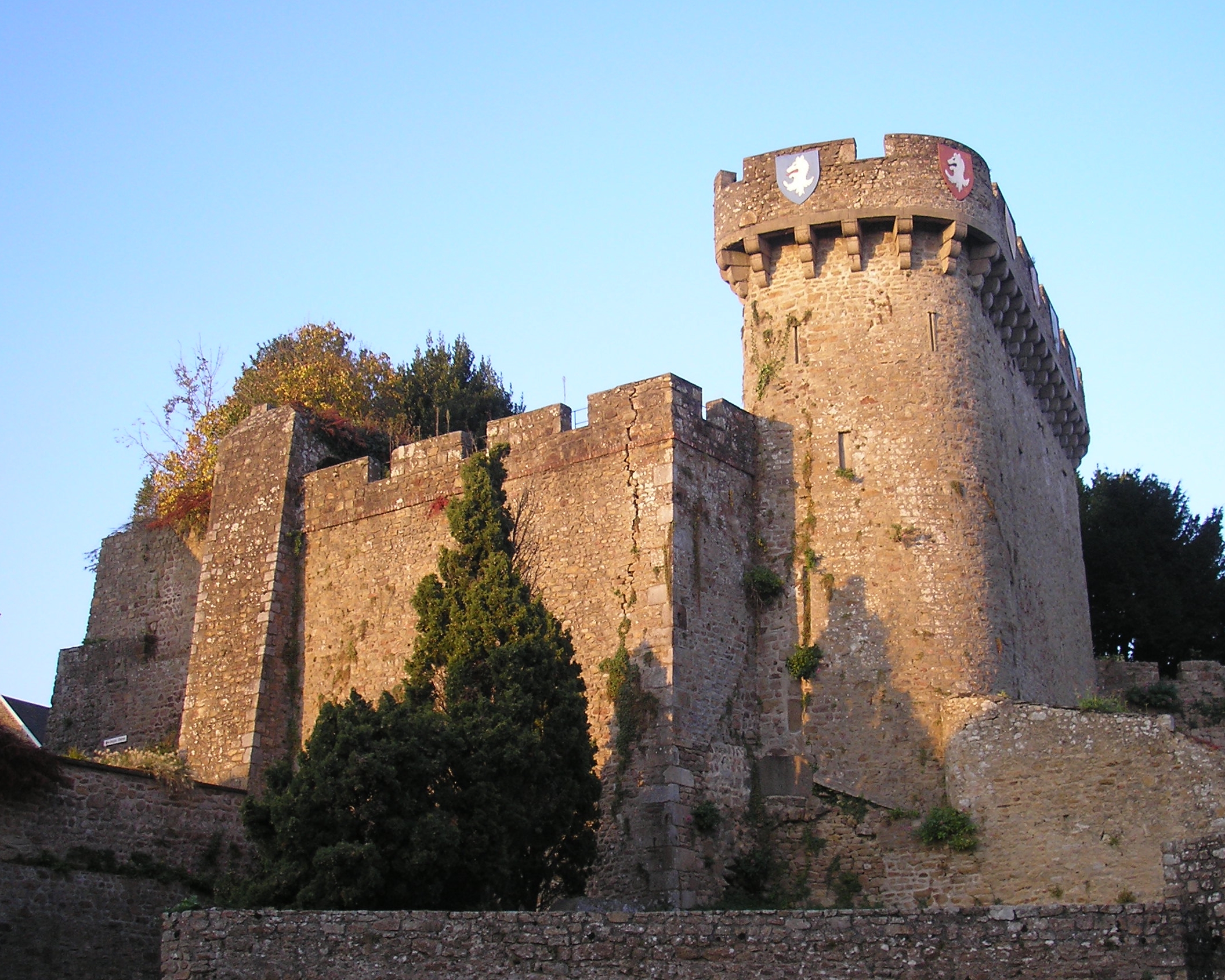|
Château D'Avranches
The Château d'Avranches was a castle in Avranches, Manche (department), Manche, France. A castle has existed at Avranches since the 10th century. It was besieged by Francis I, Duke of Brittany, and Arthur III, Duke of Brittany, Arthur de Richemont, with the English garrison surrendering on 12 May 1450. All that remains of it is a portion of the ramparts. References *Michel Hébert et André Gervaise. ''Châteaux et Manoirs de la Manche''. Condé-sur-Noireau, Éditions Charles Corlet, 2003 () Castles in Manche {{Normandy-stub ... [...More Info...] [...Related Items...] OR: [Wikipedia] [Google] [Baidu] |
Avranches
Avranches (; nrf, Avraunches) is a commune in the Manche department, and the region of Normandy, northwestern France. It is a subprefecture of the department. The inhabitants are called ''Avranchinais''. History By the end of the Roman period, the settlement of ''Ingena'', capital of the Abrincatui tribe, had taken the name of the tribe itself. This was the origin of the name ''Avranches''. In 511 the town became the seat of a bishopric (suppressed in 1790) and subsequently of a major Romanesque cathedral dedicated to Saint Andrew, Avranches Cathedral, which was dismantled during the French revolutionary period. As the region of Brittany emerged from the Roman region of Armorica, Avranchin was briefly held by Alan I, King of Brittany as part of the Kingdom of Brittany at the turn of the 10th century. The regions that later became the Duchies of Normandy and Brittany each experienced devastating Viking raids, with Brittany occupied by Vikings from 907 to 937. In 933 Avranches and i ... [...More Info...] [...Related Items...] OR: [Wikipedia] [Google] [Baidu] |
Manche (department)
Manche (, ) is a coastal French département in Normandy, on the English Channel, which is known as ''La Manche'', literally "the sleeve", in French. It had a population of 495,045 in 2019.Populations légales 2019: 50 Hérault INSEE History Manche is one of the original 83 départements created during the on March 4, 1790. It was created from part of the province of Normandie. The first capital was until 1796, and it res ...[...More Info...] [...Related Items...] OR: [Wikipedia] [Google] [Baidu] |
Francis I, Duke Of Brittany
Francis I (in Breton Fransez I, in French François I) (11 May 1414 – 17 July 1450), was Duke of Brittany, Count of Montfort and titular Earl of Richmond, from 29 August 1442 to his death. He was born in Vannes, the son of John V, Duke of Brittany and Joan of France, the daughter of King Charles VI of France. Family Francis I was originally engaged to Bonne of Savoy, the daughter of Amadeus VIII, Duke of Savoy, and his wife Mary of Burgundy. She died just before their marriage in 1430, at the age of 15. Francis I's first marriage was to Yolande of Anjou, daughter of Louis II, Duke of Anjou and Yolande of Aragon; they were married in Nantes in August 1431. Francis and Yolande had a son, Renaud, Count of Montfort. His son Renaud died young and his wife Yolande died in 1440. His second marriage was to Isabel of Scotland (daughter of James I, King of Scots and Joan Beaufort); he married Isabel at the Château d'Auray on 30 October 1442. Francis and Isabel had two daughters: ... [...More Info...] [...Related Items...] OR: [Wikipedia] [Google] [Baidu] |
Arthur III, Duke Of Brittany
Arthur III ( br, Arzhur), more commonly known as Arthur de Richemont (24 August 139326 December 1458), was briefly Duke of Brittany from 1457 until his death. He is noted primarily, however, for his role as a leading military commander during the Hundred Years' War. Although Richemont briefly sided with the English once, he otherwise remained firmly committed to the House of Valois. He fought alongside Joan of Arc, and was appointed Constable of France. His military and administrative reforms in the French state were an important factor in assuring the final defeat of the English in the Hundred Years' War. The name Richemont reflects the fact that he inherited the English title of Earl of Richmond, which was held by previous dukes of Brittany, but his tenure was never recognized by the English crown. At the very end of his life he became Duke of Brittany and Count of Montfort after inheriting those titles upon the death of his nephew Peter II. Richemont had no legitimate issu ... [...More Info...] [...Related Items...] OR: [Wikipedia] [Google] [Baidu] |



